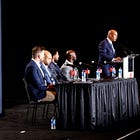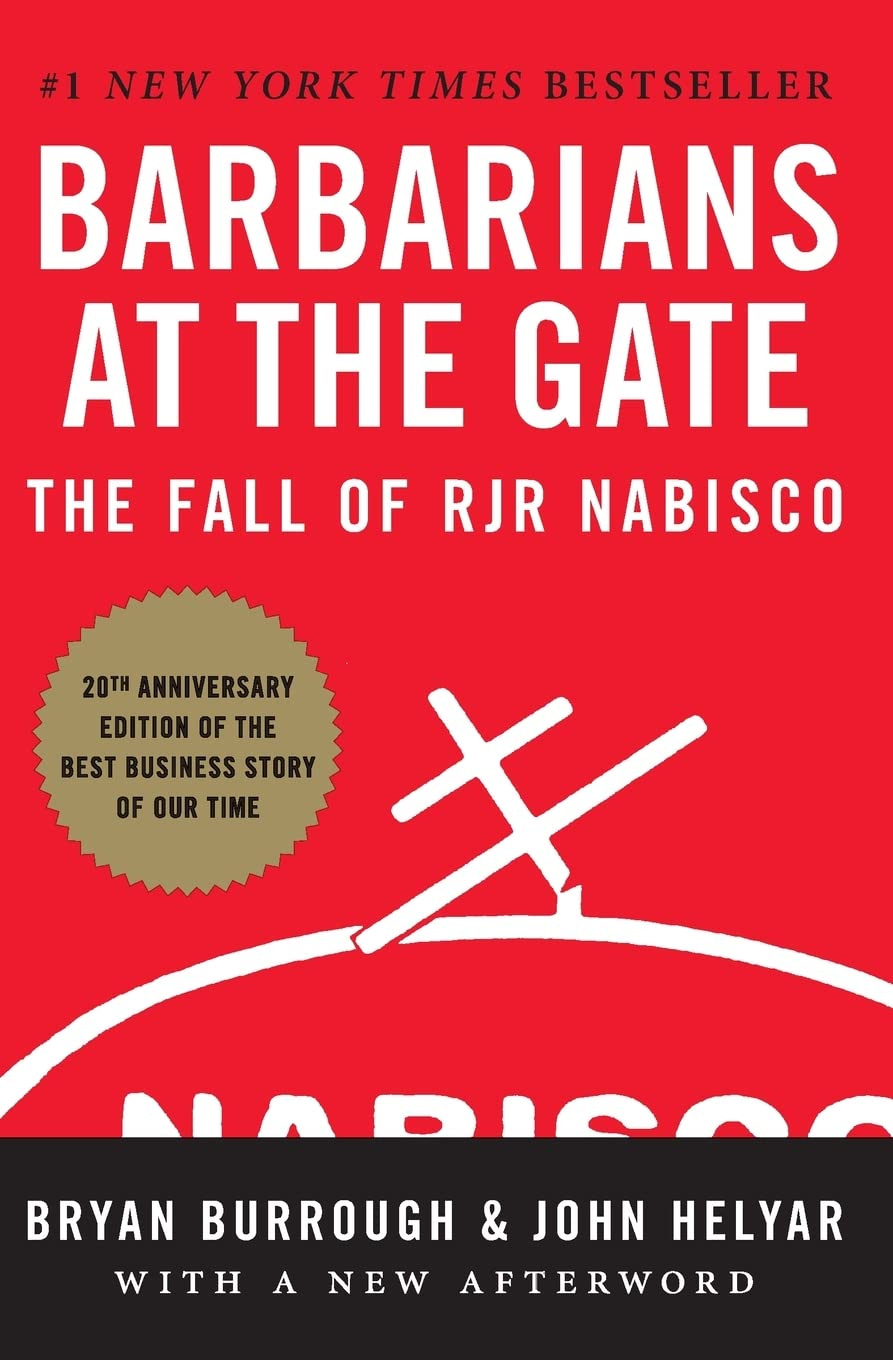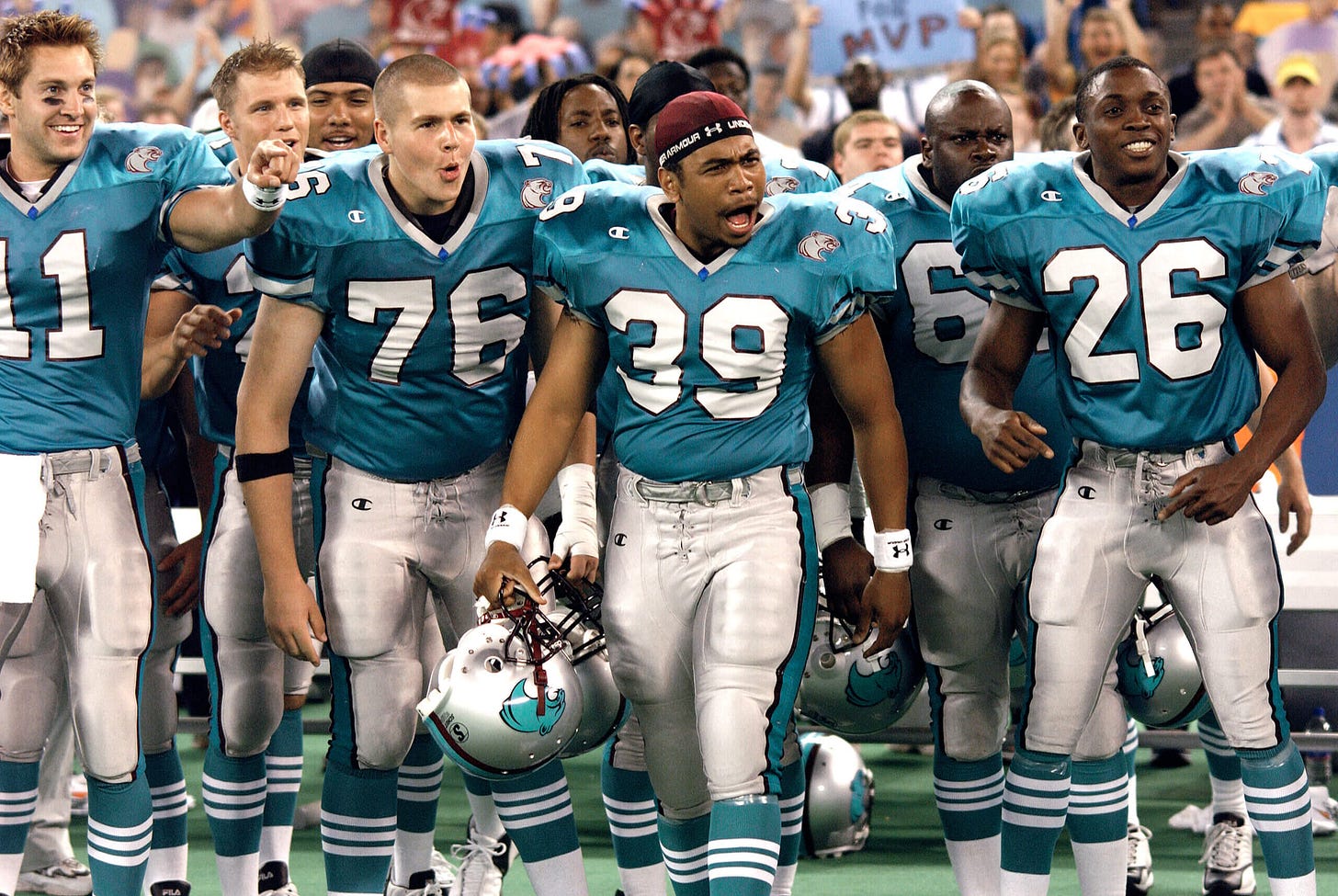Sports Journalism Is Dying — And ESPN and the NFL Are to Blame
The NFL sold off elements of its NFL Media arm to ESPN in exchange for a 10 percent stake in the Worldwide Leader's equity. Could this kill sports journalism?
As had been rumored in January, the NFL sold elements of NFL Media to ESPN, offloading the NFL Network, NFL Fantasy and distribution rights for RedZone to the self-appointed Worldwide Leader in Sports.
ESPN is a juggernaut of sports journalism and entertainment and famously pioneered sports-forward programming, introducing a 24-hour sports network to the airwaves to audiences in the 1980s before revving up in the 1990s and becoming the behemoth it is today.
This announcement has been paired with other updates to ESPN's plans for distributing content to consumers, including the launch of a direct-to-consumer app that ESPN will control. This app will provide users with access to all ESPN programs and networks for a monthly subscription fee.
The NFL will still operate and produce RedZone for NFL games, but ESPN’s acquisition of distribution rights for the product also means the branding license, allowing them to launch similar products in other sports or niches, like college football and basketball.
The winnowing away of independent sports journalism started decades ago, but this could be the death knell of independence in the practice, as the largest outlet for sports journalism gives up the last vestiges of independence it has by providing ownership equity in exchange for a more lucrative product.
Yes, ESPN is Sports Journalism
The response to this observation on social media, of course, was to argue that ESPN had long abandoned its journalism. Calling it a journalism “outlet” was doing us all a disservice because it had been a bastion of bloviating entertainment products, and not a place where Serious Journalists worked. It is an understandable sentiment, but flat wrong.
ESPN has been behind some of the most explosive stories in the sports world for some time and was one of the driving forces behind the massive shakeup at the NFLPA, which saw the resignations of its executive director and chief of strategy.
Though Pablo Torre (a former ESPN employee) broke the case wide open with his initial reporting on the collusion case, Don Van Natta and Kalyn Kahler’s reporting was arguably more impactful in how the NFLPA responded, and had broken other significant reports that led to the resignations:
The direct reporting that the NFLPA and NFL agreed to keep the collusion ruling a secret
Former executive director Lloyd Howell’s conflict of interest as a board member of the Carlyle Group
Howell’s sexual discrimination lawsuit at Booz Allen Hamilton
Howell’s attempt to charge the NFLPA for two separate visits to strip clubs
Though they weren’t the first to report on issues stemming from the NFLPA’s mismanagement, they provided crucial reporting. The same is true of the Larry Nassar case with Michigan State, regarding the sexual abuse of gymnasts in USA Gymnastics. They provided important, critical reporting unique to their platform, even if they didn’t break the initial story.
Though there is significant room for criticism — worth covering in more detail in a bit — for how they handled some of the concussion reporting surrounding the NFL, they nevertheless laid down significant groundwork criticizing the league for their decision to cover up the potential relationship between concussions sustained in NFL games and Chronic Traumatic Encephalopathy.
Outside the Lines reported on the NFL’s attempt to influence the medical investigation into Junior Seau’s suicide, the deployment of a team doctor as the chair of its Mild Traumatic Brain Injury Committee, the daily lives of former players suffering from symptoms of CTE — including those suffering from suicidal ideation — and their public lobbying to downplay CTE and concussion risks.
ESPN’s reporting on the NFL’s lax attitude towards concussions sustained in games or practices led directly to the uniformization of the concussion protocol and is a big reason that there is a broader cultural reaction to seeing concussion symptoms play out in games as well as a serious attitude by the league to treat them with care.
On top of that, their reporting on the relationship the NFL has to painkillers was groundbreaking.
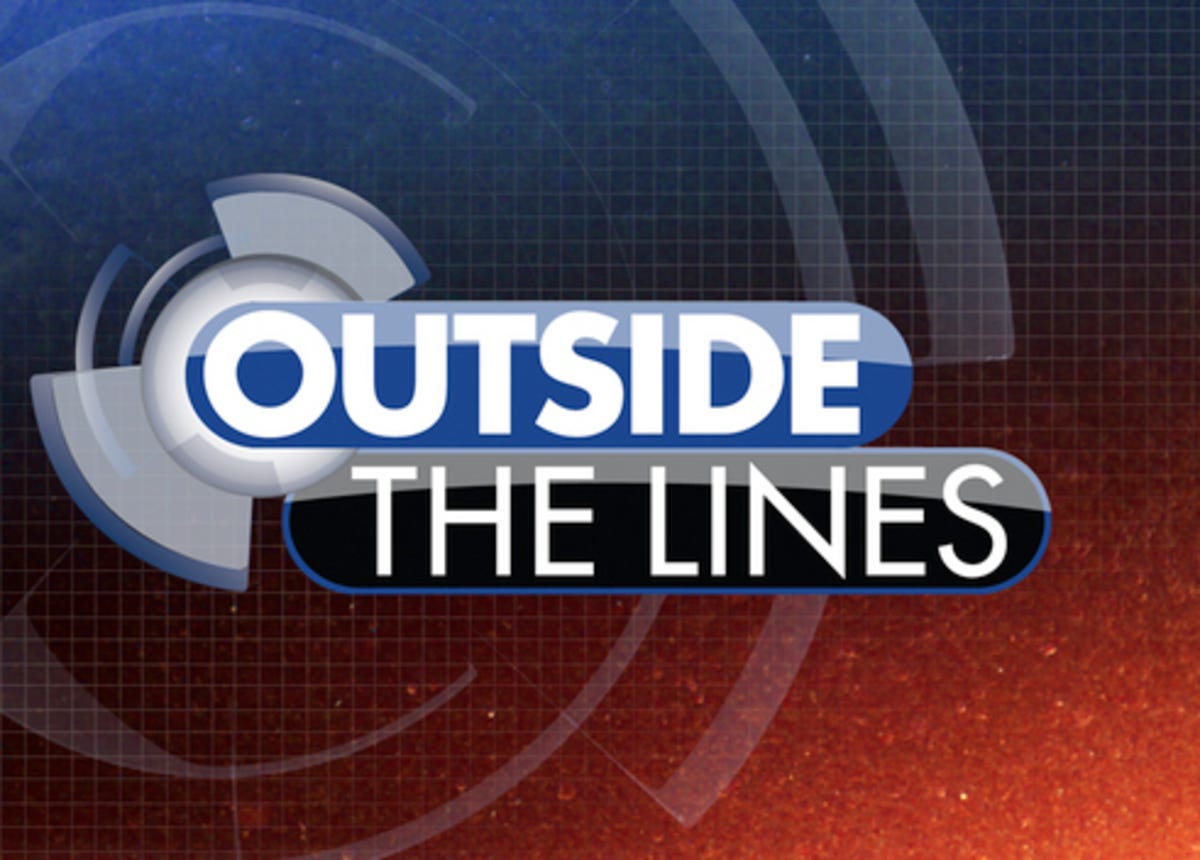
They were involved in much of the original reporting surrounding Brittney Griner’s detention in Russia, the post-World Cup environment for migrant workers in Qatar, Alex Rodriguez’s role in the Biogenesis scandal, former Suns owner Robert Sarver’s history of racism and misogyny, former Mets general manager Jared Porter unsolicited explicit texts to a female reporter, the theft by a Patriots fan of Giants Super Bowl rings, the problematic makeup of MLB front offices and more.
In the NFL world, they broke the story of Caleb Williams attempting to engineer a trade out of Chicago before the draft, and the dissolution of the Patriots dynasty
Even when it’s not “breaking news,” ESPN’s reporting has given us unique insight into the sport, whether that’s an inside look into a failing front office, their breakdown on how the Ray Rice scandal played out behind the scenes, an outstanding feature on rising women’s college basketball star Azzi Fudd, the most comprehensive look behind the scenes of Caitlin Clark’s time at Iowa, Antonio Brown’s brief ownership of an Arena League team or how the Vikings handled J.J. McCarthy’s “lost year.”
ESPN has consistently provided insightful, outstanding reporting that has enriched our understanding of the sport, humanized the athletes, and helped people understand the business and decision-making at a political, financial, social or competitive level of our favorite leagues, players and teams.
It is easy to look at the giant contracts ESPN has handed out to Stephen A. Smith and Pat McAfee and conclude they are no longer in the business of journalism, preferring instead to highlight the shouting matches and escapades of entertaining, sports-adjacent personalities.
That’s particularly the case when ESPN lays off 500 people within a five-year span while also handing millions of dollars to McAfee.
It is harder to realize that our (often unconscious) understanding of the sport is produced in large part through reporting, whether that’s everyday beat work, feature-length breakdowns or investigative deep dives.
We know what a backup quarterback is and generally understand that their job is more than simply being ready to come into a game when the starter goes down. But we might not understand that the reason we know comes from decades of reporting on this niche subject, something ESPN has contributed significantly to.
Teams do not go out of their way to educate fans on any elements outside of surface-level looks at their stars. Reporters do. These journalists work at Sports Illustrated, the Defector, the Athletic, the Ringer or, often, at ESPN.
So, while ESPN’s most prominent figures might be loud demagogues or access-merchant breaking news mavens like Adam Schefter (who, while not challenging any power structures, is reporting), many of the things we value about sports journalism have been delivered by and embodied through ESPN.
None of this is to say that the derision cast towards ESPN about their journalistic integrity hasn’t been earned. Frustration with ESPN has existed for about as long as the network has been a nationally recognized brand.
ESPN Has Hardly Been Independent
Even before the Disney buyout, ESPN had never been a bastion of independent ownership free from corporate influence. Their seed capital came from Getty Oil, and they had, just five years into their existence, sold themselves to ABC.
In that same year, ABC sold 20 percent of its ownership to RJR Nabisco — yes, that Nabisco — which wanted to use its access to a national sports media audience to begin a sports marketing division, in addition to its extant work in food and tobacco.
A few years later, Nabisco sold its interest to Hearst Communications, meaning that ESPN was once again wholly owned by media entities with deep experience in journalism. But it was never an independent franchise after those first five years on air.
ABC’s sale to Disney in 1996 meant that the mouse now owned 80 percent of the world's most significant sports media property. But there’s a difference between a media entity captured by the corporate world at large and a media property beholden to the subject it covers.
ESPN Bows to Pressure
The independence of ESPN has long been in question. Most notably, ESPN cancelled a show called Playmakers in 2004 under pressure from the NFL. Playmakers was a dramatic series that followed a fictional professional football team called the Cougars and touched on topics unflattering to the NFL — PED usage, narcotics, sex, violence and so on.
Mark Shapiro, the then executive vice president of ESPN, remarked at the time, ‘‘It's our opinion that we're not in the business of antagonizing our partner.” Shapiro added that the league never threatened ESPN or put its broadcast rights at risk, but the message was clear.
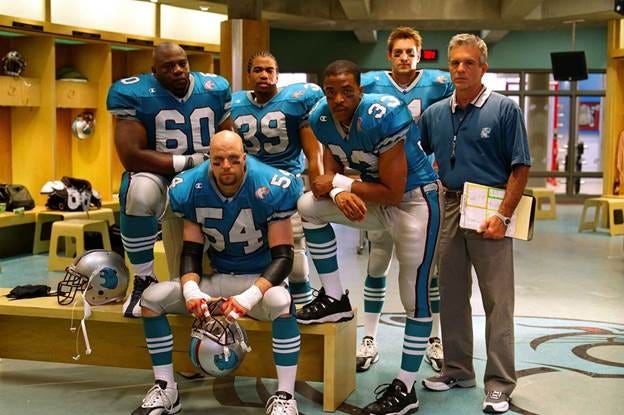
It wasn’t just that the NFL could have implied that they would impact ESPN’s bottom line — one of the NFL’s major sponsors, Gatorade, pulled its advertising from ESPN. Then-commissioner Paul Tagliabue said to James Andrew Miller and Tom Shales for the oral history of the network, Those Guys Have All The Fun, ESPN’s relationship with the NFL essentially created obligations for the network to portray the league in a positive light.
I called [Disney CEO Michael Eisner] and told him I thought the programming was a terrible disservice to athletes and to society. He said, “Well, you know, I understand what you’re saying, but there’ve been things that are not exactly positive published about, or presented on television about NFL players before, such as Pete Gent’s book North Dallas Forty.”
I said, “North Dallas Forty, are you kidding me? It’s got nothing to do with this issue. The author of North Dallas Forty did not have a contractual relationship with the NFL. He was an independent author, a former player, who was not under an obligation to present NFL football, NFL players, NFL teams in a way that makes it a valuable, credible, respected product.
Steve Bornstein, the former CEO of ESPN, was also interviewed for the piece. By the time Playmakers was greenlit and started production, Bornstein had already taken a role with the NFL Network as its CEO. “[Playmakers] was terrific, but I don’t believe it was the right direction for ESPN, and I would not have green-lighted it because of the relationship with the NFL, our most important customer,” Bornstein said.
“My wife loved Playmakers; the only time she’s ever watched ESPN in her life was when Playmakers was on,” he added. “And my argument is, I really don’t need my wife to watch ESPN. She’s welcome to, but I want her to like what we put on there, not what she’s looking for.”
Bornstein’s attitude — specifically that the NFL was ESPN’s most important customer — is alarming for someone who had been in charge of the company for six years.
Perhaps most alarmingly is the fact that Shapiro was a strong advocate of Playmakers and played a significant role in the decision for ESPN to explore fictional dramatizations of sports. He reviewed scripts and was enthusiastic about their potential success.
His turnaround on the show is telling, especially after they posted viewership numbers that confirmed it was their most-well-watched show at the time outside of primetime football broadcasting on Saturdays and Sundays.
ESPN’s decision to shutter Playmakers marked a turning point in the perception of ESPN as an independent outlet, even though this wasn’t journalism — it was entertainment.
Nevertheless, the kind of spine it takes for a journalistic outlet to stand up to a powerful entity is essentially the same kind of spine it takes for a dramatic fictional program to withstand the forces trying to shut it down.
As the executive producer of the series, John Eisendrath told the New York Times:
‘‘The N.F.L. is entitled to its opinion,” Eisendrath said, ‘‘but I think they're wrong, and I think they're bullies. They're a monopoly. I think it fell to ESPN to have the strength to stand up to the N.F.L.'s opinion. It's offensive to me that they would bully ESPN that way, so I'm most offended by the N.F.L.'s attitude, which is blatantly hypocritical considering some of the things that go on in the league, which far exceed anything I wrote about.”
He said that for a while, he thought ESPN would fend off the N.F.L.
“In the beginning, I thought, 'O.K., the league's upset, but ESPN will weather the storm.’” Eventually, he concluded, “There was no way they wouldn't try to get rid of it.”
Those Guys also demonstrated that ESPN would compromise when it came to the NBA in an effort to preserve their ability to broadcast those games. “Bottom line is that Stern usually got his way,” Shapiro said in Those Guys. “He'd scream and scream and we'd cave.” The most notable of those compromises might have been their decision to rescind a contract with former NBA coach, NBA critic and commentator Stan Van Gundy.
Van Gundy claims, and many have good reason to believe him, that ESPN did so at the behest of the NBA due to his frequent criticism of the league. ESPN claims that they could not come to an agreement about Van Gundy’s potential role with the network, which Van Gundy firmly denies — they agreed on a role, he says, and ESPN later pulled it all back.
“What I find fascinating ... you have to give David Stern and the NBA a lot of credit ... ESPN pays the league, and then the league tells them what to do,” he said on The Dan LeBatard Show. “It's more ESPN's problem. You gotta have no balls whatsoever to pay someone hundreds of millions of dollars and let them run your business.”
Playmakers and the Van Gundy hiring-then-non-hiring are alarming moments in the ESPN saga, but there are others. ESPN’s decision to work with PBS Frontline on a deep story investigating how the NFL handled the concussion crisis was lauded by observers and touted by ESPN itself.




